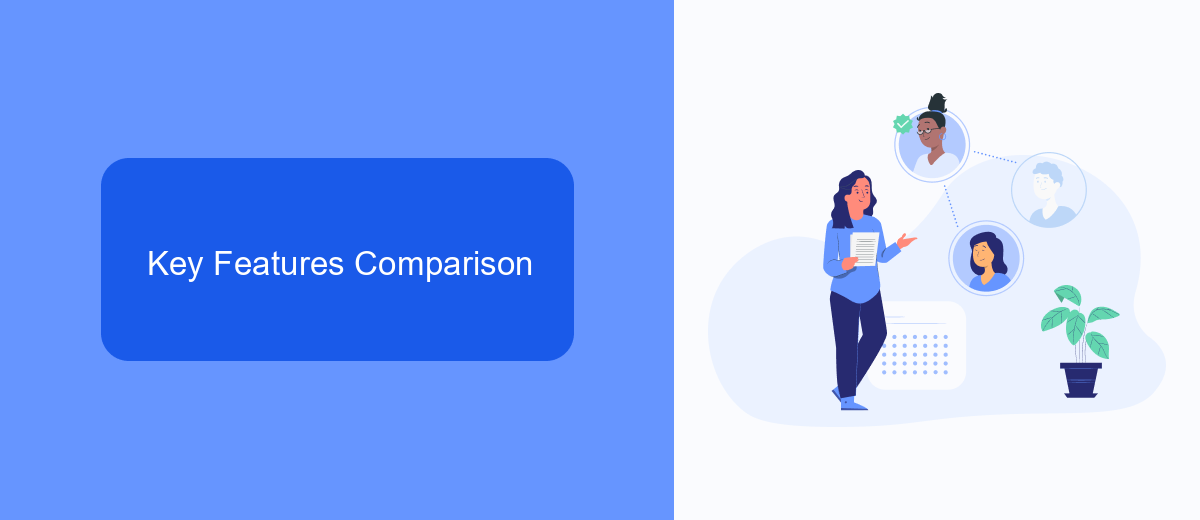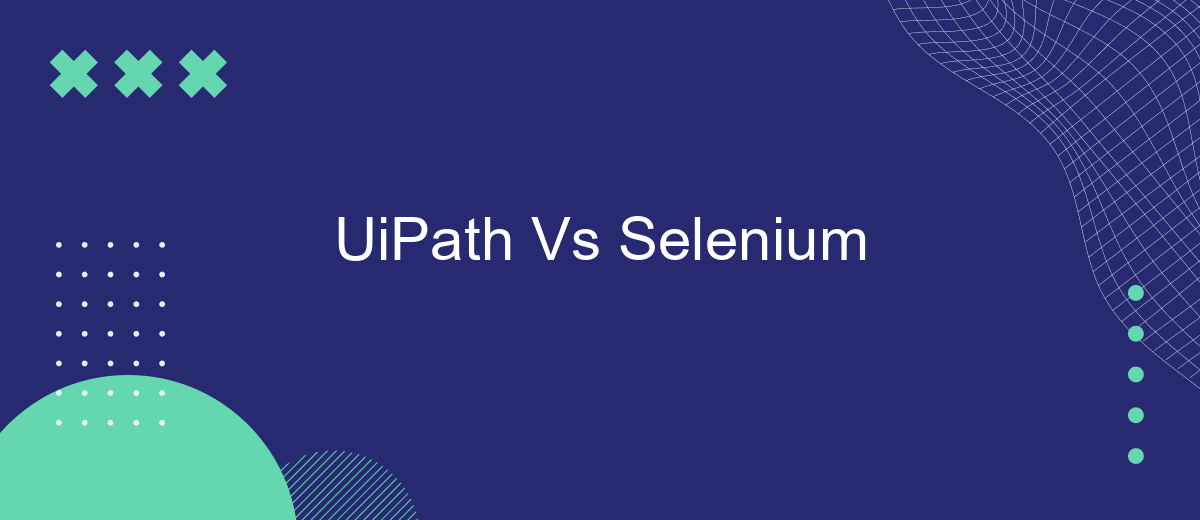When it comes to automation, UiPath and Selenium are two powerful tools that often come up in discussions. UiPath excels in robotic process automation (RPA) and offers a user-friendly interface for automating repetitive tasks. On the other hand, Selenium is a robust framework for web automation, widely used for testing web applications. This article delves into the key differences and use cases for each.
Introduction
In the rapidly evolving landscape of software automation, choosing the right tool is crucial for efficiency and success. UiPath and Selenium are two prominent names that often come up in discussions about automation solutions. Both have their unique strengths and cater to different needs, making it essential to understand their differences and applications.
- UiPath: A leading RPA (Robotic Process Automation) tool designed for automating repetitive tasks across various applications and systems.
- Selenium: A robust framework primarily used for automating web applications for testing purposes.
- Integration Services: Tools like SaveMyLeads can further enhance automation by streamlining data integration between different platforms.
Understanding the capabilities and limitations of UiPath and Selenium can help organizations make informed decisions about which tool to adopt. While UiPath excels in end-to-end automation and ease of use, Selenium is unparalleled in its ability to automate web testing. Additionally, leveraging integration services like SaveMyLeads can provide a seamless workflow, ensuring that data flows effortlessly between systems, thus enhancing overall productivity.
Key Features Comparison

When comparing UiPath and Selenium, one of the key differences lies in their core functionalities. UiPath is a comprehensive Robotic Process Automation (RPA) tool designed to automate repetitive tasks across various applications and systems. It offers a user-friendly interface with drag-and-drop capabilities, making it accessible for non-developers. On the other hand, Selenium is primarily a web automation tool used for testing web applications. It requires programming knowledge and is best suited for developers who need to create automated test scripts for web applications.
Another significant distinction is their integration capabilities. UiPath provides extensive support for integrating with various third-party services and applications, including CRM, ERP, and cloud services. For instance, SaveMyLeads can be utilized to streamline automation workflows by connecting different applications seamlessly. Selenium, while powerful for web testing, lacks the built-in integration features found in UiPath. It relies more on custom scripts and external libraries to achieve similar integration capabilities. This makes UiPath a more versatile choice for businesses looking to automate a wide range of processes beyond just web testing.
Advantages and Disadvantages

When comparing UiPath and Selenium, each has its own set of advantages and disadvantages that cater to different needs and use cases.
- UiPath Advantages: User-friendly interface, extensive library of pre-built activities, and strong support for attended and unattended automation.
- UiPath Disadvantages: Higher cost for enterprise solutions and limited capabilities for web-based testing compared to Selenium.
- Selenium Advantages: Open-source and free to use, excellent for web application testing, and supports multiple programming languages.
- Selenium Disadvantages: Steeper learning curve, requires programming knowledge, and lacks built-in features for orchestrating complex workflows.
Choosing between UiPath and Selenium largely depends on your specific requirements. If you need a robust, user-friendly tool for automating a variety of tasks beyond web testing, UiPath is a strong candidate. On the other hand, if your primary focus is on web application testing and you have the necessary programming skills, Selenium is an excellent choice. Additionally, integrating these tools with services like SaveMyLeads can streamline your automation processes, making it easier to manage data and workflows effectively.
Use Cases

When considering UiPath and Selenium, it's essential to understand their specific use cases to determine which tool best suits your needs. Both platforms offer powerful automation capabilities, but they excel in different areas.
UiPath is primarily designed for robotic process automation (RPA), making it ideal for automating repetitive tasks across various applications. Selenium, on the other hand, is a robust tool for automating web applications for testing purposes, ensuring that web interfaces function correctly.
- UiPath: Automating back-office processes, data entry, and handling complex workflows across multiple systems.
- Selenium: Performing automated functional tests, regression tests, and browser compatibility tests for web applications.
Additionally, services like SaveMyLeads can be integrated with UiPath to streamline lead management processes by automating the transfer of leads from various sources into your CRM. This enhances the efficiency of your sales and marketing teams, allowing them to focus on more strategic tasks.
Conclusion
In conclusion, both UiPath and Selenium offer robust automation solutions, each with its unique strengths. UiPath excels in its user-friendly interface and comprehensive capabilities for automating complex business processes, making it a preferred choice for enterprises looking to streamline their operations. On the other hand, Selenium remains a powerful tool for web application testing with its flexibility and strong support for multiple programming languages, making it indispensable for developers and testers.
Choosing between UiPath and Selenium ultimately depends on your specific needs and goals. For organizations seeking to integrate various services and automate workflows seamlessly, tools like SaveMyLeads can further enhance the capabilities of these automation platforms by simplifying the setup of integrations. By leveraging the strengths of each platform and utilizing additional integration services, businesses can achieve greater efficiency and productivity in their automation efforts.
FAQ
What are the main differences between UiPath and Selenium?
Can UiPath and Selenium be used together?
Which tool is better for web scraping tasks?
How do I choose between UiPath and Selenium for my project?
Are there services available to help with the implementation and integration of these tools?
What do you do with the data you get from Facebook lead forms? Do you send them to the manager, add them to mailing services, transfer them to the CRM system, use them to implement feedback? Automate all of these processes with the SaveMyLeads online connector. Create integrations so that new Facebook leads are automatically transferred to instant messengers, mailing services, task managers and other tools. Save yourself and your company's employees from routine work.
